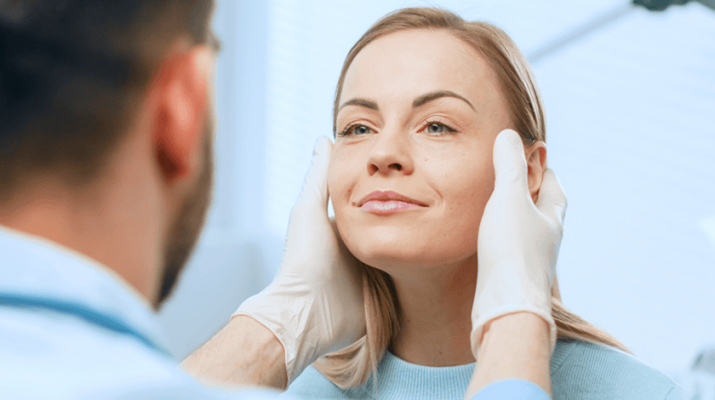By Deborah Jeanne Sergeant
Spa and medical spa: what’s the difference?
At many salons and spas, clients can receive facials, peels, microdermabrasion, massage, and care for skin, hair and nails.
A medical spa may offer some of those services, but specializes in care not available at salons and spas, including more invasive and medically-based treatments overseen by a medical doctor, nurse practitioner, physician assistant, or registered nurse.
That distinguishing factor makes a difference.
A medical spa may include thread lifts, injected products, micro-needling, hydro-facial, skin resurfacing, skin rejuvenation, CoolSculpting, vein therapy, migraine therapy and more.
Many medical spas augment the medical care provided by dermatologists or plastic surgeons. Any elective services they provide are generally not covered by health insurance.
Physician Jack Bertolino described his office, Smooth Solutions Medical Aesthetics in Williamsville, as a medical office.
“A medical spa offers certain services that a doctor, nurse practitioner, physician assistant can do,” he said. “Those services can include non-invasive to minimally invasive to somewhat invasive.”
In addition to the procedures, the products offered at a medical spa are medical grade in nature, with an emphasis on quality of life. The services include natural bio-identical hormone therapy for men and women; vaginal rejuvenation, treatment for erectile dysfunction; and high-definition body sculpting, along with and more common services like Botox, dermal fillers, fat transplantation and microdermabrasion.
Bertolino is a board-certified family physician. His medical practice offers services that are anti-aging and regenerative in nature, such as intra articular joint injection, natural bio-identical hormone replacement, along with treatments that involve more esthetic approaches, such as Botox, platelet rich plasma injections and dermal fillers.
“When you have a menopausal woman or andropausal man who can’t sleep and feels bad, they feel better and look at themselves differently when they receive these treatments,” Bertolino said.
As with a typical medical practice, patients receive counseling about their health and about the best ways to approach their issue.
Many medical spas augment the medical care provided by dermatologists or plastic surgeons. Any elective services they provide are generally not covered by health insurance.
“A medical spa is governed by the same rules and regulations as a medical practice,” said physician Vito Quatela, board-certified facial plastic surgeon at The Quatela Center for Plastic Surgery in Rochester.
He said that each state has different requirements regarding what type of licensed professional can do what type of treatment in a medical spa.
“Botox is considered a medical treatment, and most states recommend an RN or higher-level practitioner perform Botox or injectable procedures,” Quatela said as an example. “Microdermabrasion is a more superficial technique that is often performed by estheticians.”
In addition to the procedures, the products offered at a medical spa are medical grade.
Abha Sharma, aesthetics consultant at BeautyQuest in Williamsville, calls her facility “the marriage of a spa and a medical facility.”
Its offerings includes facials, microdermabrasion, skin rejuvenation, skin resurfacing and micro-needling, all services that require medical personnel, along with spa services like a manicure, pedicure, massage, make-up, eyebrow micro-blading, and tattooing of eyeliner and eyebrows.
K.S. Bhangoo, board-certified plastic surgeon, oversees the office and performs the more invasive procedures like Botox injections and fillers.
“Dr. Bhangoo does Botox and fillers on the premises,” Sharma said. “It’s a one-stop shop. You can find everything under one roof.”

